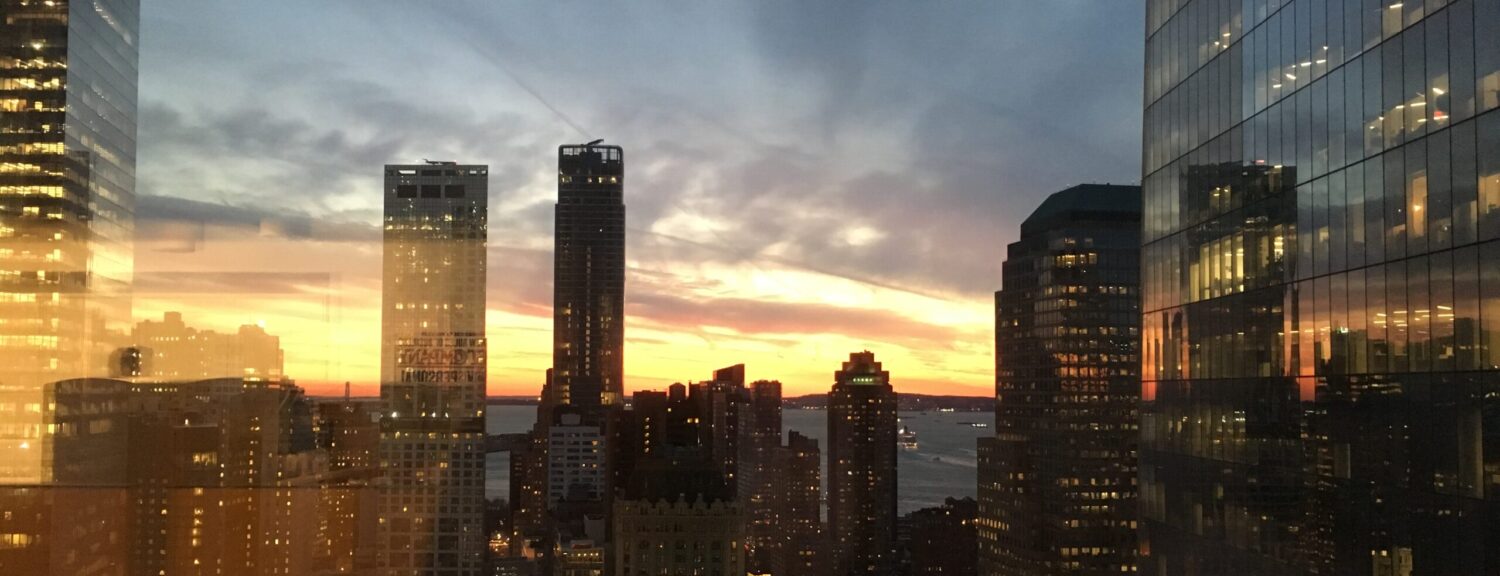
When you consider that Eleanor Heartney has had incredible success framing the world– the art world, specifically– in terms of the end of days, it’s remarkable how cheerful and optimistic she is. She acknowledges this asynchronism– “I know, I just published on the end of the world, and a lot of people think we might be living in it, but I’m an optimist,” she told our group this morning.
Reading about Heartney and reading interviews with her is entirely different from meeting with her in person (or over Zoom, as the case may be). On paper, she’s intently focused on individual works, looking at the art historical context of every piece she discusses, carefully picking apart the nature of art, from the psychological idiosyncrasies of individual artists to their place in the grand scheme of large-scale trends in the neverending canon of all art created ever. In a less formal setting, Heartney is still all of that, but… softer. Her critical edges are not dulled by any means, but rather their razors’ edge applied in a different direction entirely– almost a reverse of her art criticisms. Instead of picking apart art pieces to place them on a continuum of context, she picks apart artists’ motivations and thinks about how one might visualize a mindset. She questions what comprises identity, what the value of religion is in today’s world, whether or not technology is taking over and whether or not we’re already living in the next industrial revolution.
Heartney doesn’t talk about her career as work so much as she describes it as a way of understanding the world. She frames the world as a combination of “multiple realities,” and describes apocalyptic art as a depiction of the world in stark duality. She notes that religion has a way of seeping into adult life even when the adult in question claims to have eschewed that train of thought completely– belief and upbringing shape the way people think about the world, and yet “the modern art world dismisses it so easily.”
Heartney thinks it has something to do with the way that religion allows its followers to be a part of something bigger. The art world works the same way, she notes. And so do environmentalist movements, and feminist movements, to say nothing of environmental feminism. She points out that the most effective movements are often those that ignore national borders. Religion works the same way– it exists, it spills over, it spans continents. perhaps that is how it functions in a way that is so deeply intertwined with art.
More than anything, what fascinated me about the conversation with Heartney was her musings on humanity. She is an optimist– she holds fast to the beautiful things in this world, art depicting the end of the world itself included. She understands that times of division are drastic, and terrible. She knows that COVID is terrifying. She states openly and without hesitation that art will likely look very different a few years down the line– we live in times of extreme “us and them” rhetoric– perhaps people will focus on repairing the earth, embracing a more communal humanity-versus-the-end sort of mindset. Or perhaps technology will takeover. She doesn’t know– none of us do.
But depsite it all, she remains hopeful.

note: image in the header is William Blake’s “The Ancient of Days,” as projected onto the dome of St. Paul’s Cathedral. London, November 2019. Photo by Maxxe Albert-Deitch
